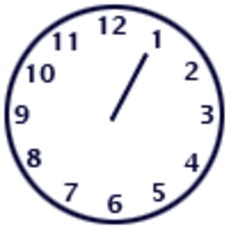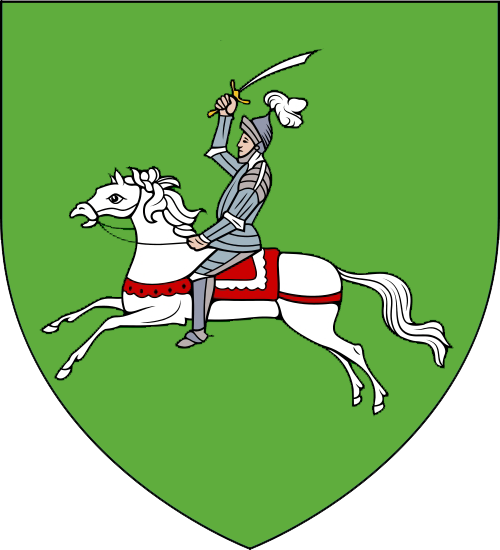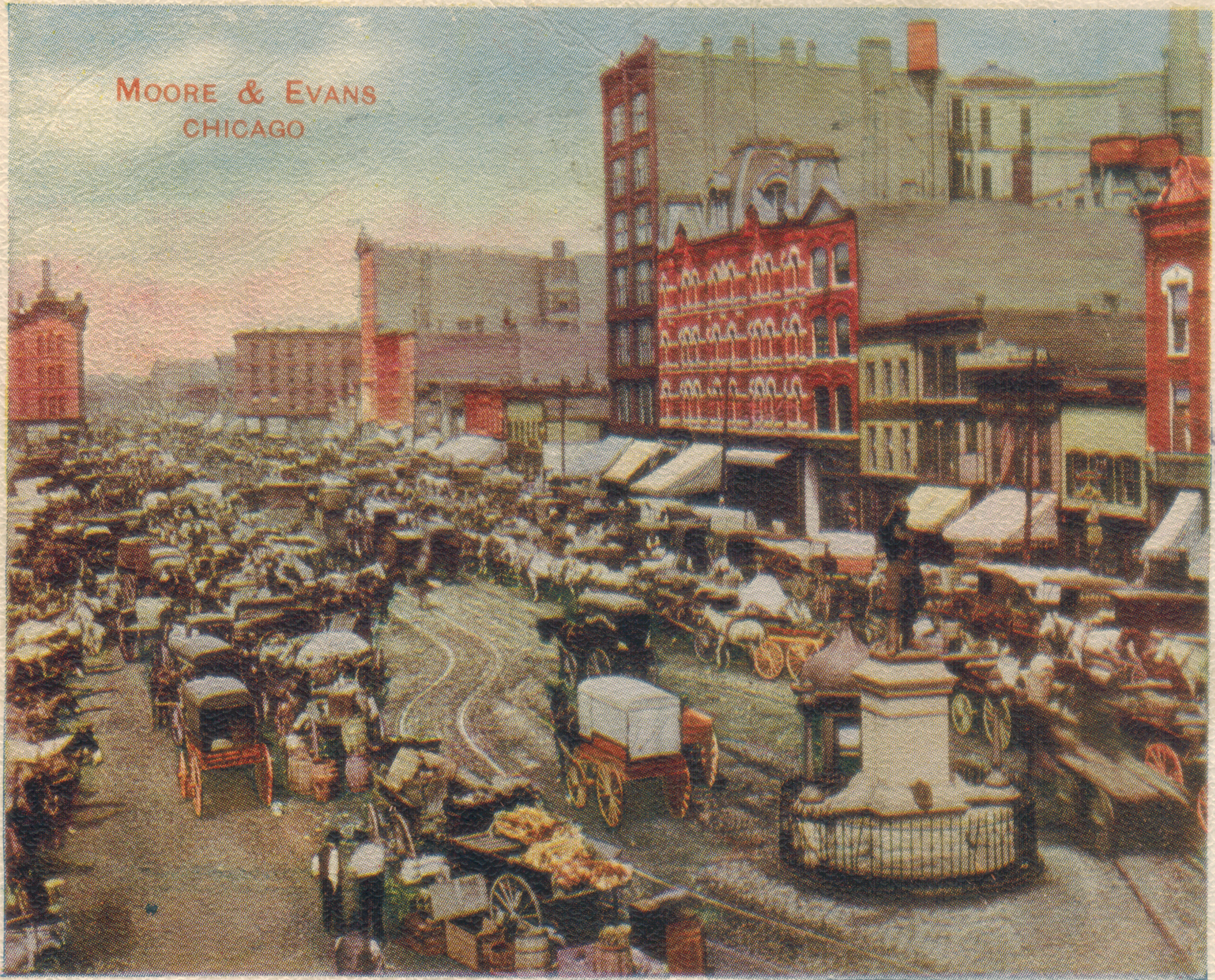
SEPTEMBER LABOR DAY – Observed in Canada and the US, honors workers and their rights including the right to organize. Those rights were born and nurtured in the nest of cities.

GUILDS, UNIONS, ILO – Unions go back to medieval times. When the feudal system changed to free independent skilled labor, craft workers moved to cities and banded together to form guilds. But when outsiders, non-guild members or not even industry professionals, began to own the companies that hired the workers, unions developed. (Brentano)
The inclusive, and protective spirit of the guilds, and unions, may today be kept in the International Labour Organization (ILO). Founded in 1919 to bring together governments, employers, and workers of the Member States of the United Nations (ILO is its only tripartite agency), the ILO seeks to promote social dialogue among all three, with special attention to Sustainable Development Goals (specifically: SDG 8 regarding work and growth, SDG 10 reducing inequalities, and SDG for justice and peace).

HOURS – With unions came working conditions. Work days could last as long as 10 hours, and the work week could be six days, until 1593 when Spain became the first nation to declare a law to limit factory and building workers to an eight-hour day. The Ordenanzas de Felipe II included an interesting aspect that applies to today’s emerging worker rights law: a mandatory break between morning and afternoon work periods was ordered – to avoid the sun’s heat. In the 19th century, Robert Owen proposed a day sectioned into three parts: eight hours of labor; eight hours of recreation eight hours of rest. The movement reached farther shores when stone mason workers marched from Australia’s University of Melbourne to Parliament in Australia to establish the law.

CRAFT AND SKILL – In the United States, the first proposed Labor Day holiday originally honored labor as art and the skills of craft. Peter J. McGuire, general secretary of the Brotherhood (a guild name that needed updating) of Carpenters and Joiners who was also the co-founder of the American Federation of Labor. McGuire proposed the idea of establishing a holiday to honor “those who from rude nature have delved and carved all the grandeur we behold.” (US Department of Labor 2024)
A second McGuire – Matthew – is also credited for the holiday. This McGuire, secretary of Local 344 of the International Association of Machinists, also proposed the holiday in 1882 while serving as secretary of the Central Labor Union of New York. A first Labor Day gathering convened in New York City in 1882: both McGuires were present. A second observation happened in 1883. In 1884, President Cleveland signed a law creating a national holiday to be called Labor Day, to be observed on the first Monday of the month of September annually.

RIGHTS – But in a twist of fate, President Cleveland signed that law in July 1884, just before an uprising of labor caused a national tragedy and forever changed the character of Labor Day. Worker rights for hours and working conditions arose in Chicago, Illinois on several pivotal moments. One involved the transport industry and the innovation of transcontinental rail. Chicago was a known rail center, and headquarters of the Pullman company. The cross-country rail industry created a market for overnight travel. Chicago’s Pullman company (formed by buying up old passenger rail cars and turning them into sleepers) employed “Pullman porters;” hiring practice discriminated racially and enforced extremely long working hour – 400 per month. At the trigger of the 30% layoff, and to protest working conditions and assert worker rights, Pullman workers walked out on strike.

STRIKE POWER – Travel stalled in 27 states from Chicago’s Illinois to the West Coast. Communications stalled across the country: at that time, trains carried not only cargo and people but the post including commercial transactions. Strikers knew well how to stop a rail car on the line; they halted – and derailed – the locomotive pulling a postal train. The collective voice was heard. But so were gunshots.

VIOLENCE – With the country effectively shut down, President Grover Cleveland authorized the US Attorney General to enact an injunction against the striking workers. The result was an acceleration of the strike into a riot. Protesters derailed more train cars. Escalation into military action ensued when the Illinois National Guard arrived at Blue Island, a Chicago suburb, and used firearms, killing 30 people and wounding many others. This happened in July. Ironically, President Cleveland had just signed the bill, in June, declaring a new holiday to honor workers.

In 1886, Chicago again was the center for a gathering to promote the eight-hour work day, overtime pay, and fair hiring practices. Child labor was reported in some areas. Workers went on strike at the McCormick Harvesting Machine Company. Police were present, and one person was killed and others wounded when police opened fire. The next day, protestors assembled in Haymarket Square. Police were again present. Someone, it is still unknown who, threw a bomb; police began shooting. Seven officers died, several civilians, and many dozen people were wounded. The episode became known in the history of labor as the Haymarket Massacre or the Haymarket Affair. A campaign to find the bomber resulted in hunt for perpetrators and later in several hangings, one suicide, one prison sentence and a later pardon.
UNIONS AND PEACE – In ancient times, the Netherlands organized climate response unions to gather if a dike overflowed. Today, a proposed Climate Conservation Corps could involve unions in the shared effort that all professions must contribute to our common future. The voices of unions as part of the International Labour Organization might support cooperative vision. Because firearms and violence have been a tragic part of strikes such as Pullman and Haymarket, unions might take up the issue of gun violence. Could unions use their collective voice and global power to unite justice and rights with peace?

LABOR UNITES THE WORLD – Labor circles and unites the world in a connective, collective system of craft, rights, and honor. This month, in the United States, Labor Day finds 10,000 hotel workers striking to call attention to working hours and conditions. Political candidates and present leaders are appearing and speaking at rallies. The campaign for work and justice will always be new, and needed. Factory workers still labor in unhealthy and even lethal conditions; miners (in some locations, including children) suffer health and injury; health care workers endure long hours. Reparation for enforced labor, in some places continuing, still needs justice. Recently, new regulations on hours of outdoor workers during increased heat of climate change now address worker health, rights, and safety.
If you are reading this in a country that celebrates Labor Day today, make it more than just a long weekend. And, if you live in an area that honors workers at another time, perhaps we can all make September a month when we recognize the farmers whose harvest graces our tables, those workers who create seasonal goods and services, the health care professionals who offer fall influenza protection, the teachers that welcome students for a new year, the transport systems that bring us all to the places where we work and that special place we call home. This month, how will you honor craft, justice, rights – and the fruits of our individual, and collective, labor?
Brooke, K. Lusk. “Labor Day,” 2 September 2022. Building the World Blog. https://blogs.umb.edu/buildingtheworld/2022/09/02/transport-origins-of-labor-day/
Davidson, Frank P. and K. Lusk Brooke. “The Transcontinental Railroad,” Chapter 17, pages 205-238. Building the World. Westport: Greenwood Press, 2006. ISBN: 0313333734
International Labour Organization. https://www.ilo.org/about-ilo
International Labor Rights Forum. “Women’s Rights and Global Labor Justice.” https://laborrights.org/issues/women’srights
Langley, Winston E. and Vivian C. Fox. Women’s Rights in the United States: A Documentary History. Praeger: 1994. ISBN: 978-0313287558.
Library of Congress, United States. “Hawmarket Affair.” 2024. https://guides.loc/gov/chronicling-america-haymarket-affair
Loomis, Erik. A History of America in Ten Strikes. The New Press, 2018. ISBN-10: 1620971615
Brentano, Luis. “From the Gilds to the Trade Unions.” English Gilds: The Original Ordinances of more than One Hundred Early English Guilds. Oxford University Press. Digital facsimile by University of Michigan at https://quod.lib.umich.edu/c/cme/EGilds?rgn=main;view=fulltext
Terkel, Studs. Working. Pantheon Books, 1974.
US Department of Labor. “History of Labor Day.” 2024. https://www.dol.gov/general/laborday/history
Zraick, Karen. “What is Labor Day?” A History of the Workers’ Holiday.” 4 September 2023. New York Times. https://www.nytimescom/article/what-is-labor-day.html
Building the World Blog by Kathleen Lusk Brooke and Zoe G. Quinn is licensed under a Creative Commons Attribution-NonCommercial-NoDerivs 3.0 U
